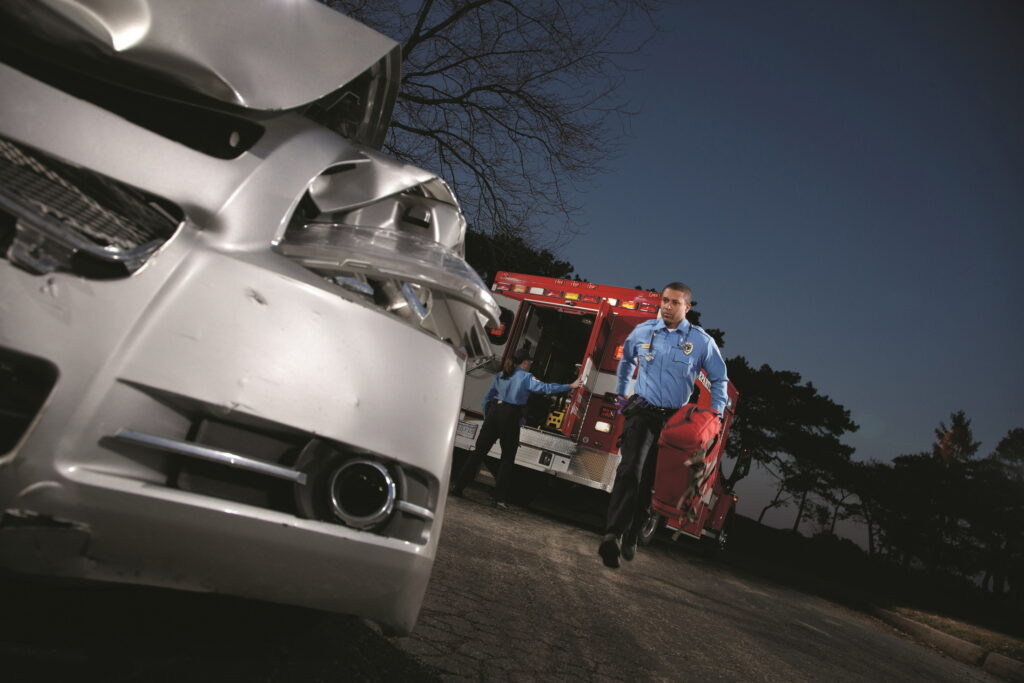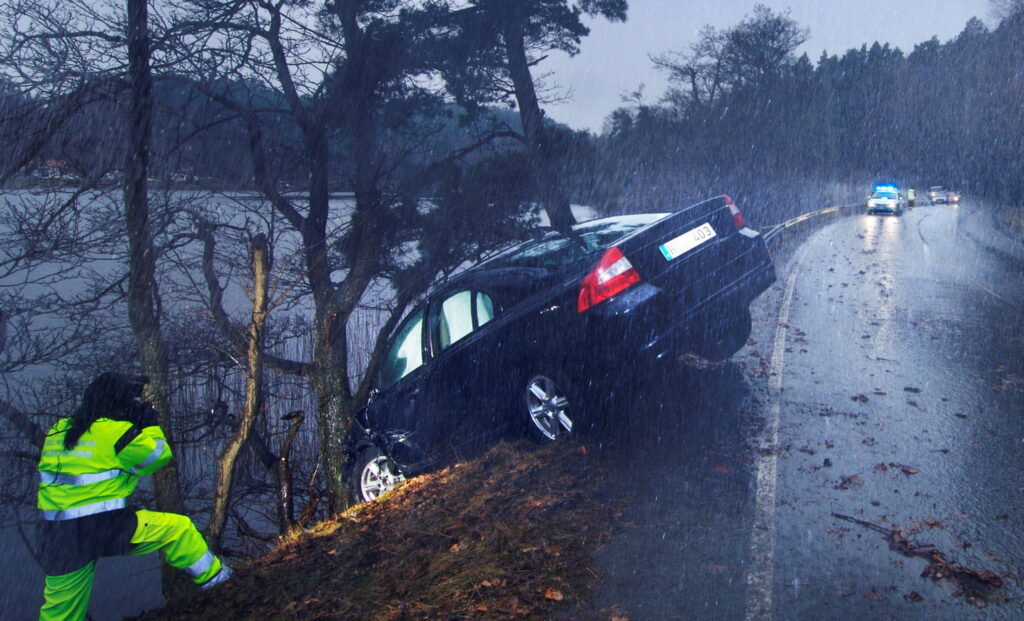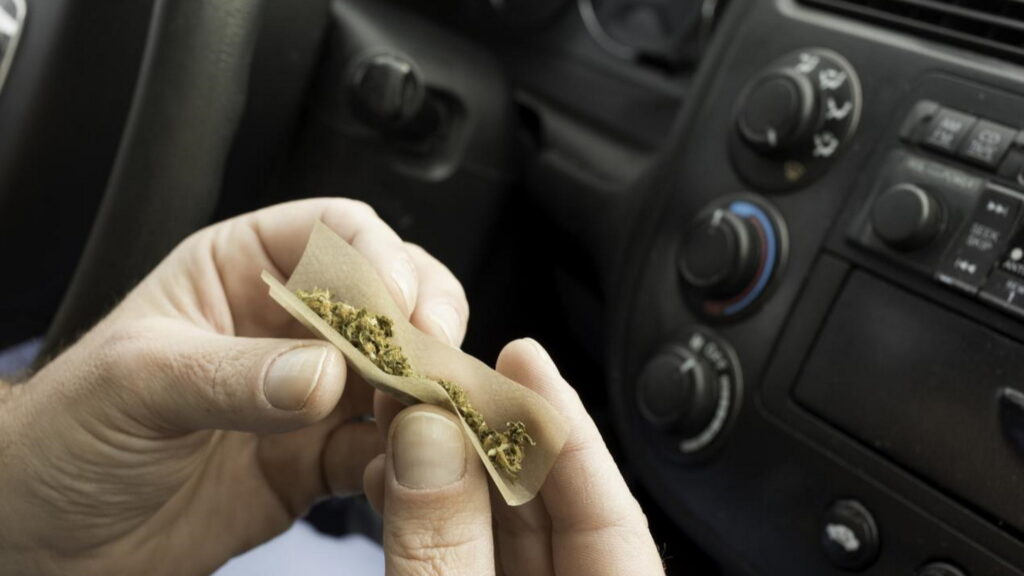The rate of drivers headed to the hospital for traffic collisions in which the attending physicians believed that cannabis was involved have risen dramatically since the province of Ontario, Canada, legalized the sale of the substance for recreational purposes, a new study has found. Despite that, the overall number of hospital visits is still very small, and pales in comparison to those related to other substances, like alcohol.
In a new study published by Jama Network Open, researchers found that annual rates of people going to Ontario hospitals for traffic accident-related injuries in which cannabis may have played a role rose by 475.3 percent between 2010 and 2021.
“Our data is raising concern about a growing problem of cannabis impairment and severe road injuries,” Dr. Daniel Myran, the study’s lead author, told Global News. “Since 2010 there has been a very, very large increase in cannabis involvement and traffic injury visits in Ontario.”
However, as a proportion of overall accidents, the rate is still very small. For instance, in a period in which there were 947,604 emergency room visit related to traffic accidents, just 426 had documented cannabis involvement.
Read: IIHS Say Marijuana Legalization Leading To More Crashes

By comparison, in that same period, 7,564 emergency room visits occurred that were related to alcohol. Moreover, as Steve Brown of the Traffic Injury Research Foundation told Global, “among the [high] drivers that are killed – most of them had also been consuming alcohol.”
A large portion of the increase in the use of cannabis behind the wheel is associated with the substance’s legalization in 2018, which is hardly a surprise, since that increased the overall consumption of cannabis in the province.
A greater increase in accidents was associated with an increase in the number of storefronts that were given licenses to sell cannabis products, which coincided with the pandemic. While accidents related to weed made up just 0.04 percent of the traffic injury emergency room visits that the study looked at, they tended to be more severe than the average crash.
According to Myran, among people who went to the hospital following a traffic accident in which cannabis was thought to be a factor, 49.5 percent were admitted to hospital, and 21 percent were admitted to the intensive care unit. By comparison, just six percent of people involved in traffic accidents overall were admitted to hospital, and 1.8 percent of them went to the ICU.
As the study states, although the rates of cannabis-related injuries in vehicle accidents is low, the rapid growth and relative severity of these incident warrants investigation and action.
“Although the frequency of visits was rare, they may reflect broader changes in cannabis-impaired driving,” the study’s authors wrote. “Greater prevention efforts, including targeted education and policy measures, in regions with legal cannabis are indicated.”





